The results, identified as “historic,” include 5 million more jobs added than the CBO projected prior to the 2016 election and an unemployment rate that is 1.4 percentage points lower than forecast.
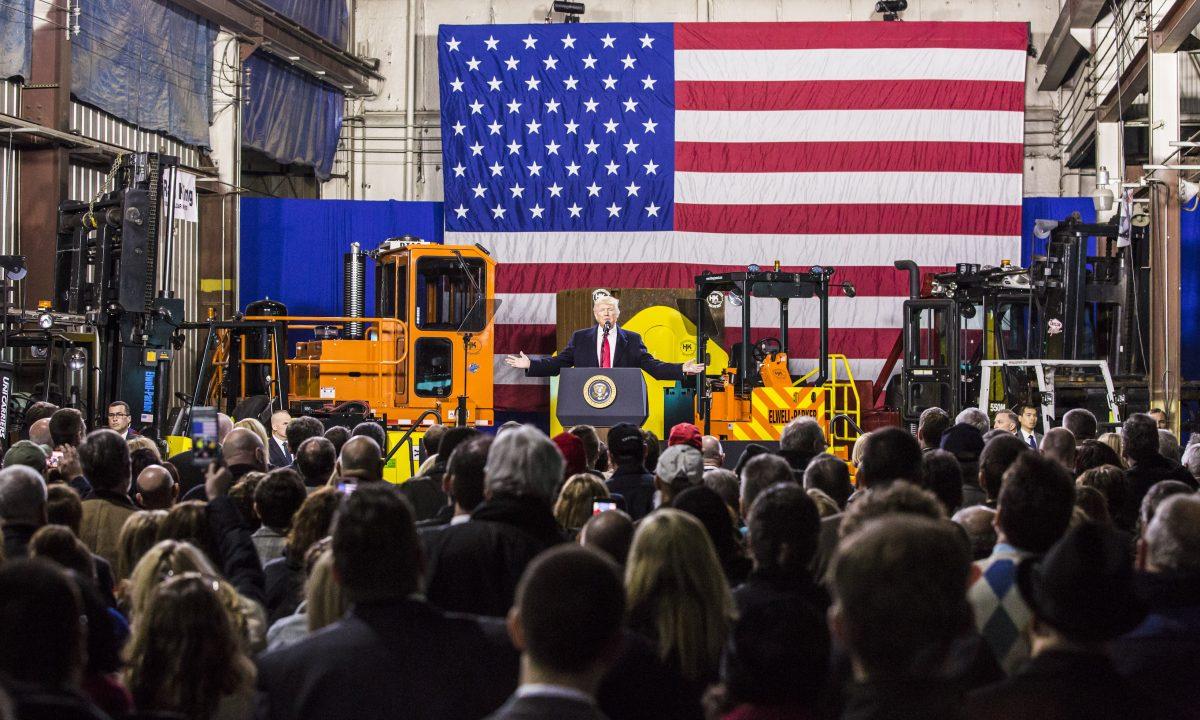
Tomas Philipson, Acting Chairman and Vice-Chair of the White House Council of Economic Advisers, introduced the report at a press conference on Feb. 20, saying that “the U.S. economy continues to outperform pre-2016 election expectations, delivering inclusive gains to American families.”
Pushing back against claims that the Trump tax cuts disproportionately favored wealthy Americans, Philipson noted record-low poverty rates for African Americans and Hispanic Americans, as well as faster wage growth for the bottom 10 percent of earners than for the top 10 percent.
“Since President Trump’s historic tax reform, the lowest earners have enjoyed faster wage gains than every other income group,” the Council of Economic Advisers said in its statement, adding that “the net wealth held by the bottom half of households has grown by 47 percent—more than three times the rate of increase for the top 1 percent of households.”
Break With the Past
Philipson said that the Trump economy broke or reversed the past economic trend in several ways, adding that “the current economy is not a continuation of expansion after the Great Recession,” referring to the 2009 downturn, also called the great financial crisis or GFC.The U.S. economy is now in its 11th year of a record-long boom. Post-GFC economic expansion began under the previous administration, with real GDP essentially following a steady, upward-sloping trend line, suggesting broad continuity of policy impact, if not policies themselves.
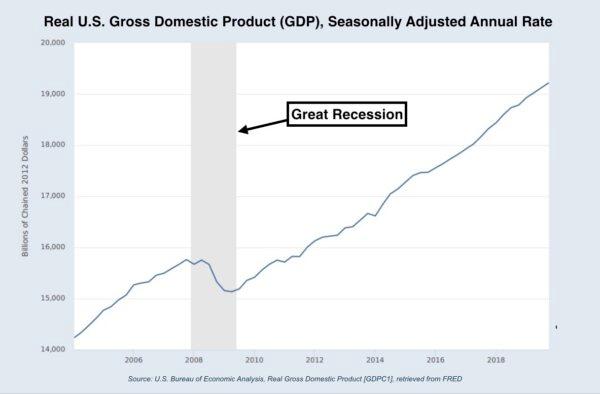
This interpretation, in Philipson’s telling, fails to account for a range of factors, including the fact that the Trump economy faced monetary policy headwinds, while the Obama administration enjoyed a lift from near-zero rates. Another aspect differentiating growth under Trump, according to Philipson, is that business cycles tend to exhibit more vigor when young, with mid–or late-cycle rate of growth performance more difficult to achieve.
“Typically, economies grow faster following a recession, after which growth levels off, particularly a recession induced by financial markets, as was the case with the great recession,” he said.
“Current expansion differs from that in that growth accelerated later in the expansion despite the fact that monetary policy was much more constrained in the latter part of the expansion,” Philipson said, referring to nine interest hikes by the Fed between 2015-2018, which by definition have a cooling effect on growth.
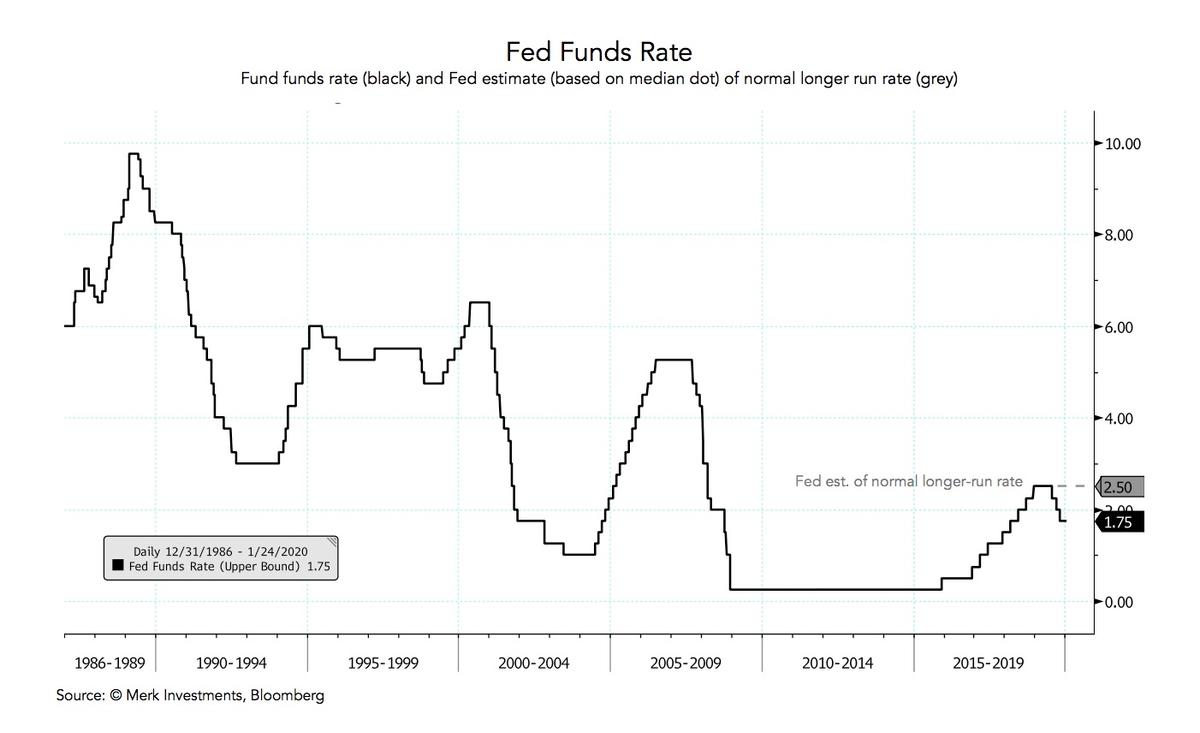
The White House adviser further supported his claim by arguing that, under the current administration, the economy exceeded a number of post-2016 economic projections put forward by the CBO, mentioning as an example a total non-farm employment number that is 3.5 times higher than projected.
“Basically, the Trump economy has shattered those projections on pretty much all dimensions, in terms of new jobs, GDP, wages, unemployment, and so on,” Philipson insisted.
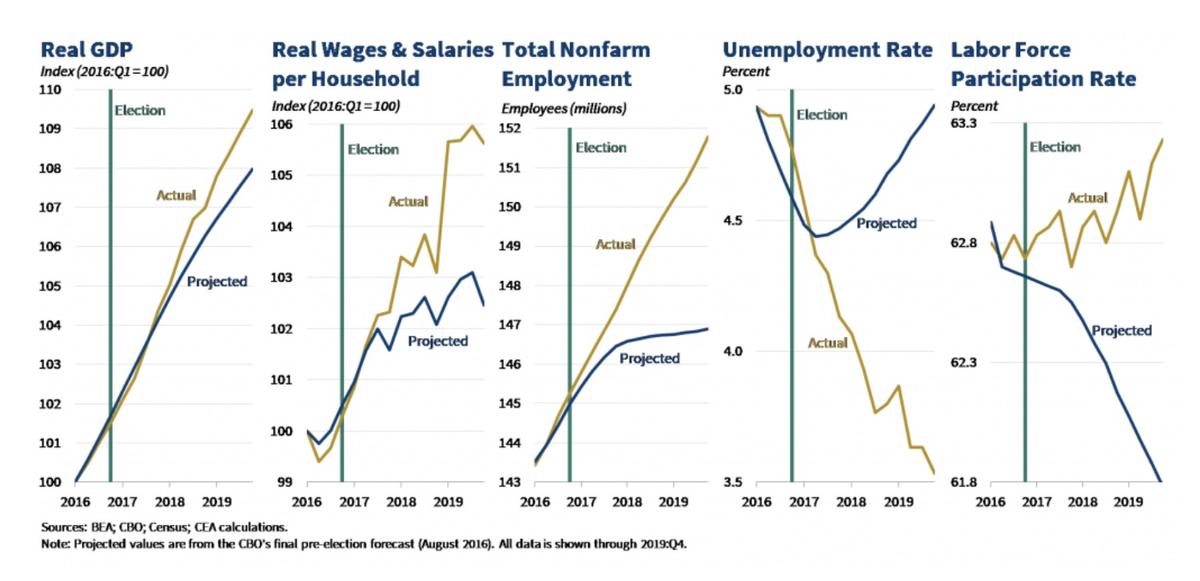
“Even with this remarkable turnaround, some falsely claim that President Trump simply inherited today’s historically-strong economy,” the Council of Economic Advisers said in a statement. “As today’s release of the 2020 Economic Report of the President shows, the impressive economic gains under President Trump vastly exceed forecasts from before the 2016 election and results from the previous part of the expansion.”
“One significant way that the Trump expansion differs from the Obama expansion is that the former has generated growth while curbing the increase in the trade deficit—including in the portion of the deficit most influenced by trade flows (the non-oil goods deficit),” Tonelson said. “So in this sense, U.S. growth is starting to become more self-reliant, which I view as a major plus, but which most economists don’t care about in the slightest (even given all the expressed concerns about the coronavirus effect due to the excessive concentration of global economic activity in China).”
He provided data showing a side-by-side comparison of GDP growth and trade deficit expansion, along with a ratio of the two measures, explaining that under Trump, “the economy’s growth has been accompanied by significantly slower increases in that portion of the trade deficit most strongly influenced by trade policy decisions.”
Tonelson said this phenomenon can be interpreted to mean “growth that’s more nationally self-sufficient (no small achievement in a still dangerous world), healthier, and therefore more sustainable.”
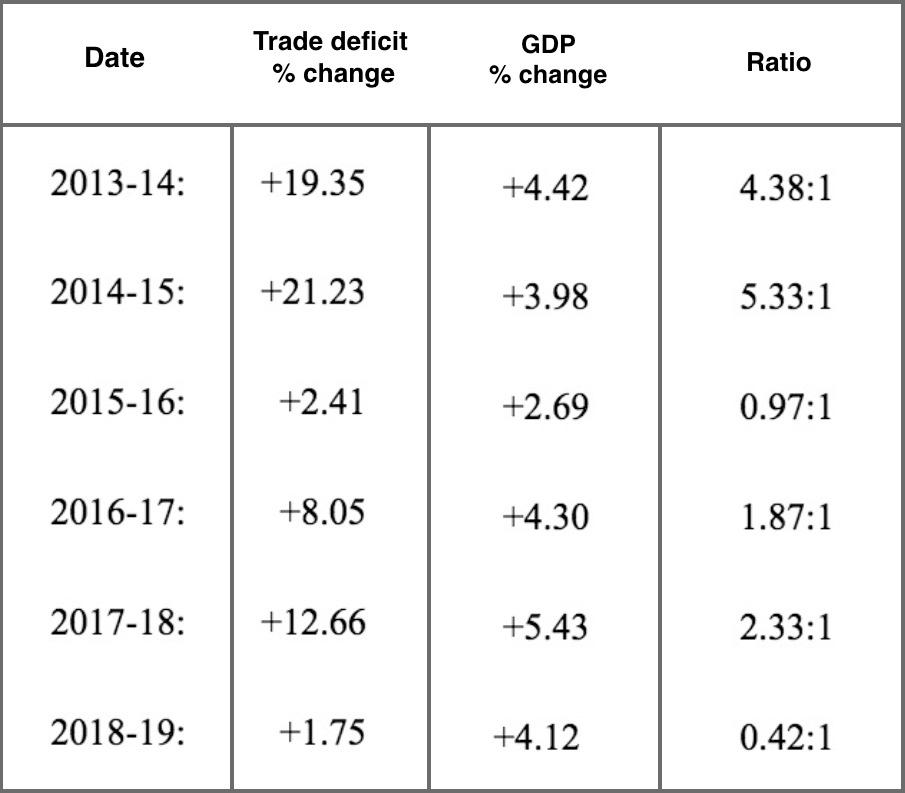
Real U.S. economic output is projected to grow 3.1 percent in the four quarters of 2020, according to the Council of Economic Advisors, and at an average annual pace of 2.9 percent between 2019 and 2030.
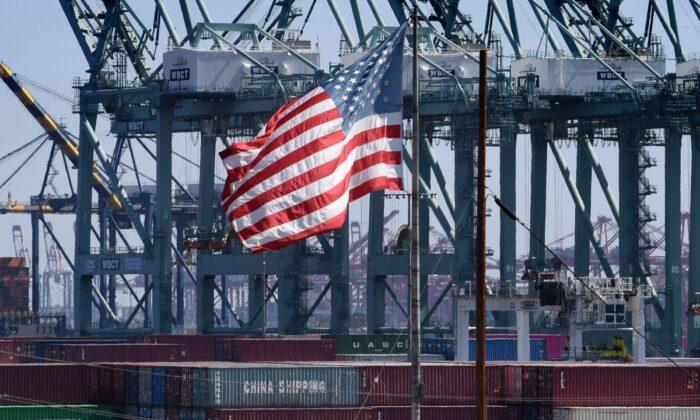



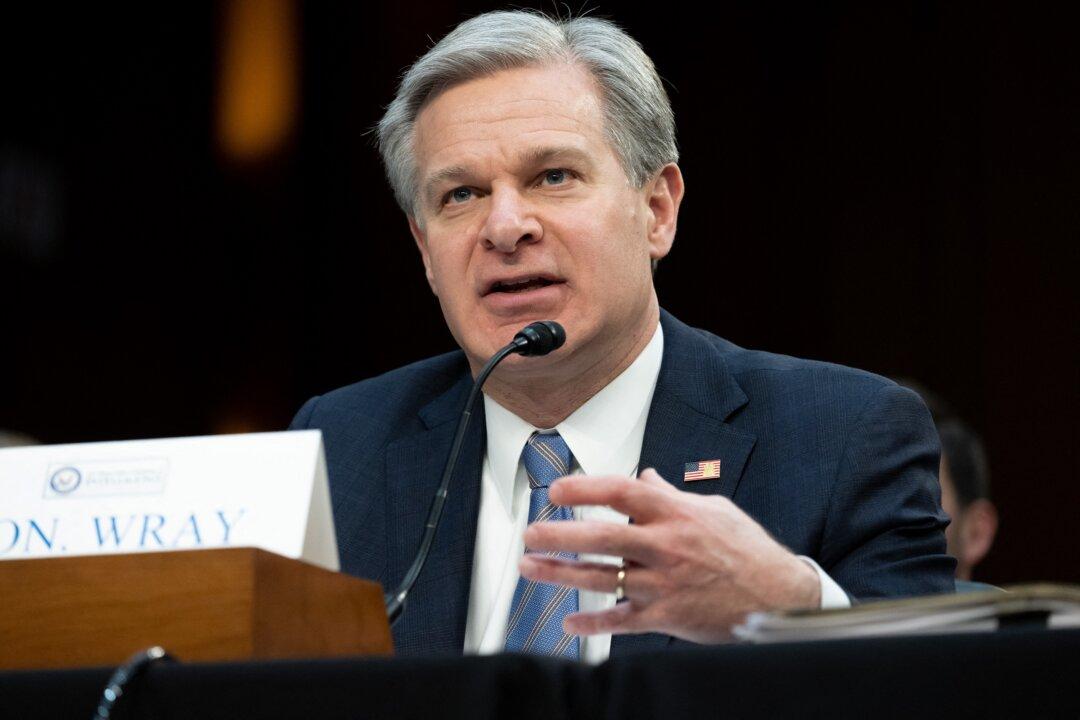

Friends Read Free